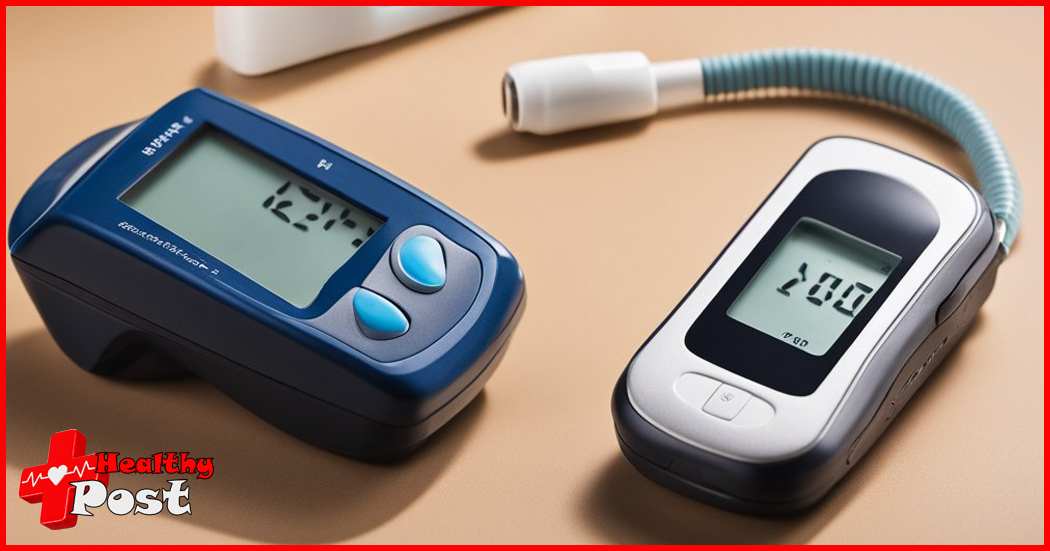
Blood sugar test monitoring also has time points, and the six time periods have very different meanings!
The timing of blood sugar test monitoring for diabetes patients is very particular. At what time points are blood samples usually collected? What does the blood sugar at each time point mean? Let’s talk about them one by one!

1. Fasting blood sugar:
Fasting blood sugar refers to the blood sugar value measured before breakfast after fasting for more than 8 hours overnight. It can reflect the patient’s basal insulin secretion in the absence of sugar load stimulation, as well as the increase in blood sugar in the early morning (dawn phenomenon).
(1) Generally refers to blood sugar levels between 6 and 8 a.m. Blood sugar levels before breakfast lose their meaning after 8 a.m.
(2) You should fast for 8 to 10 hours, get a good night’s sleep, and avoid staying up late. You should maintain your normal diet and medication for dinner the day before.
(3) Do not take any hypoglycemic drugs, eat breakfast, exercise, smoke, or drink coffee, strong tea or other stimulating beverages before blood collection (you can drink a small amount of boiled water).
(4) The blood sugar level measured before lunch and dinner is called pre-meal blood sugar level and cannot be called fasting blood sugar level.
2. Postprandial blood sugar
Postprandial blood sugar refers to the blood sugar level 2 hours after a meal. It is especially important to monitor during diet control and drug treatment. It is an important indicator for diabetes screening, reflecting dietary status and treatment effects. Many early diabetic patients do not have high fasting blood sugar, but their postprandial blood sugar increases significantly.
(1) The measurement time is from the first bite of food for breakfast, lunch and dinner, and blood sugar is measured 2 hours later.
(2) Since the treatment effect is to be reflected, eating, exercising, taking medicine, and various other aspects of daily life should be the same as usual. You cannot eat less or stop taking medicine on the day for the purpose of measurement.
3. Blood sugar before meals
Pre-meal blood sugar refers to the blood sugar before lunch and dinner. It can reflect the lowest blood sugar value, which is helpful for observing the effect of medication and whether hypoglycemia occurs. It plays a certain role in adjusting medication, especially adjusting the use of insulin.
4. Blood sugar test before bed
Monitoring blood sugar before going to bed at night can reflect the ability of pancreatic cells to control high blood sugar after dinner, which helps guide snacks, prevent and treat nocturnal hypoglycemia, and ensure safe sleep.
5. Midnight blood sugar test
Midnight blood sugar refers to blood sugar test around 3 a.m. Monitoring midnight blood sugar helps to detect whether there is nocturnal hypoglycemia and clarify the real cause of fasting high blood sugar so as to adjust medication. Especially for patients who have uncomfortable symptoms during sleep or high blood sugar in the morning, blood sugar should be measured before going to bed and around 3 a.m. to guide treatment.
6. Blood sugar before and after exercise
Blood sugar levels before and after exercise are a type of random blood sugar monitoring. Since intense exercise puts the body in a state of stress, blood sugar levels will rise at the beginning of exercise. As exercise time increases and physical energy is consumed, blood sugar levels will decrease or even cause hypoglycemia. Therefore, monitoring blood sugar levels before and after exercise can help guide you to set appropriate exercise time and intensity.
If you have any questions, you can add the editor’s WeChat public account “Practicing Pharmacist by Your Side” or scan the QR code below to add the public account for consultation and discussion. See you in the next issue.


10 thoughts on “Blood sugar test monitoring also has time points, and the six time periods have very different meanings!”